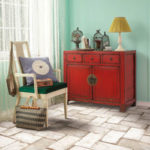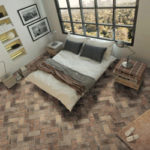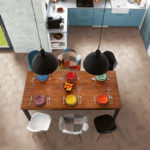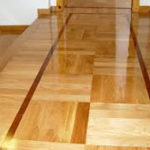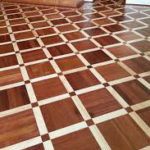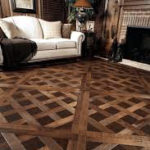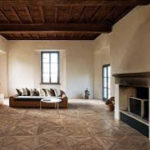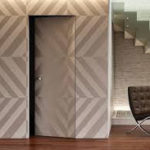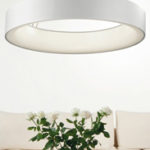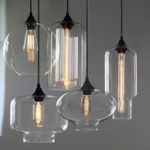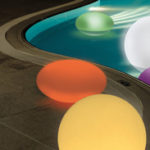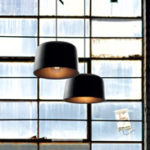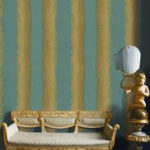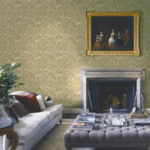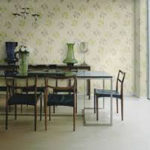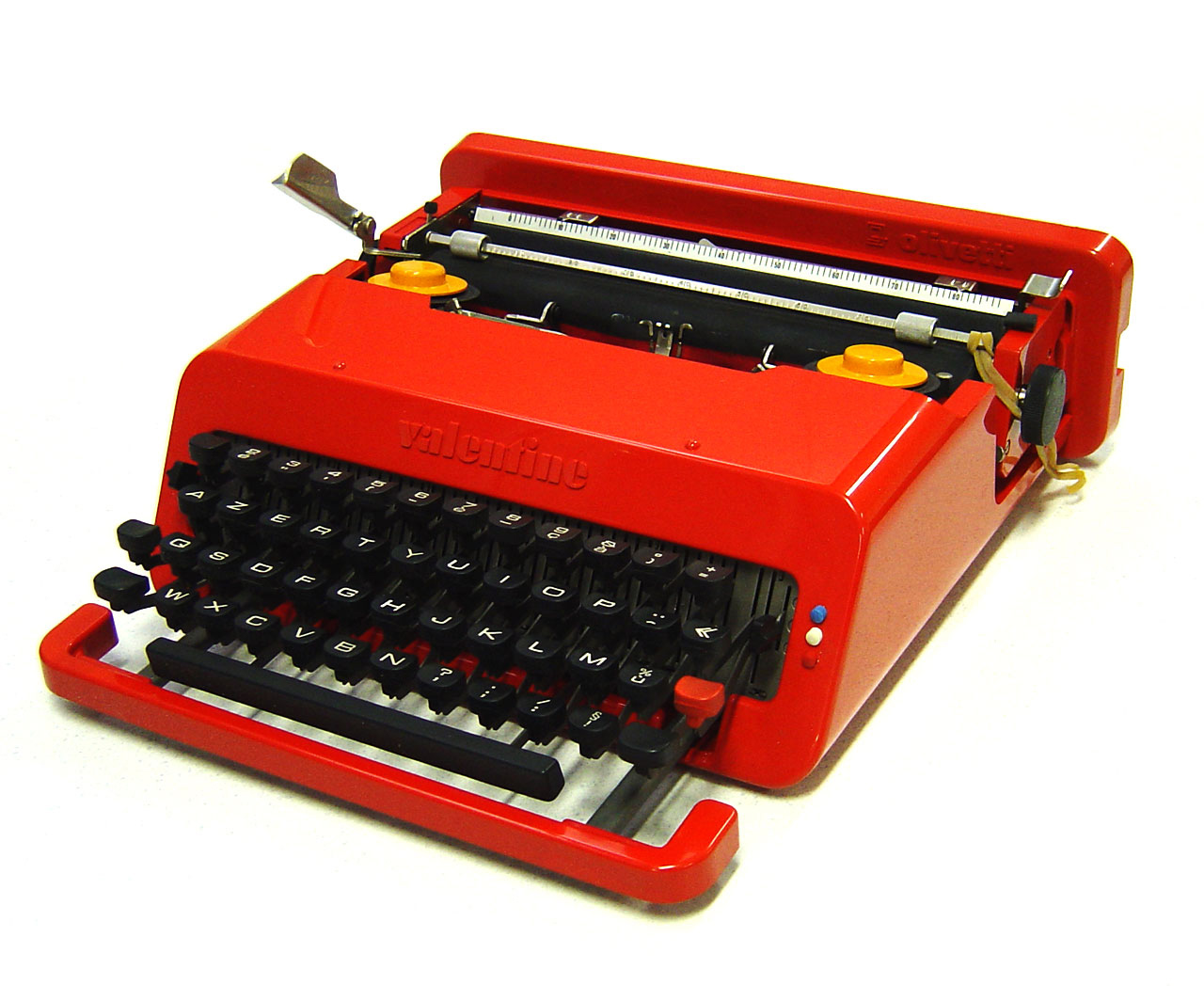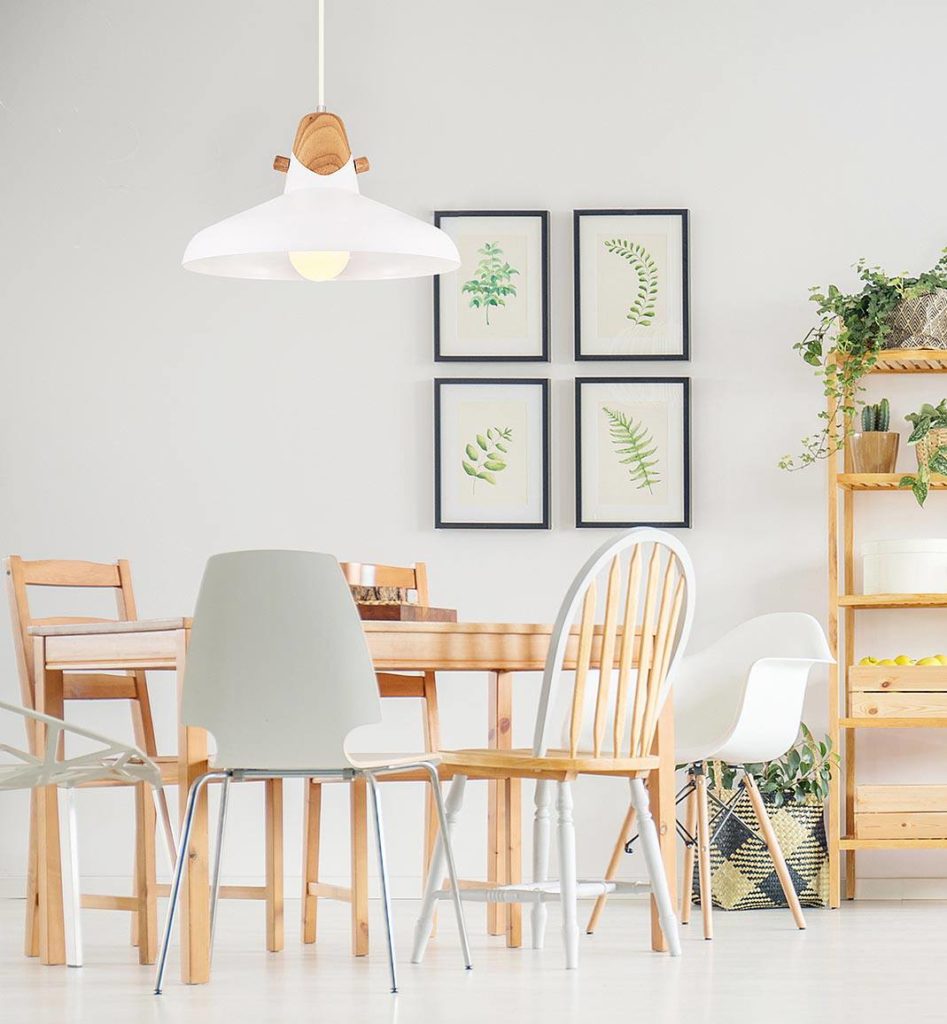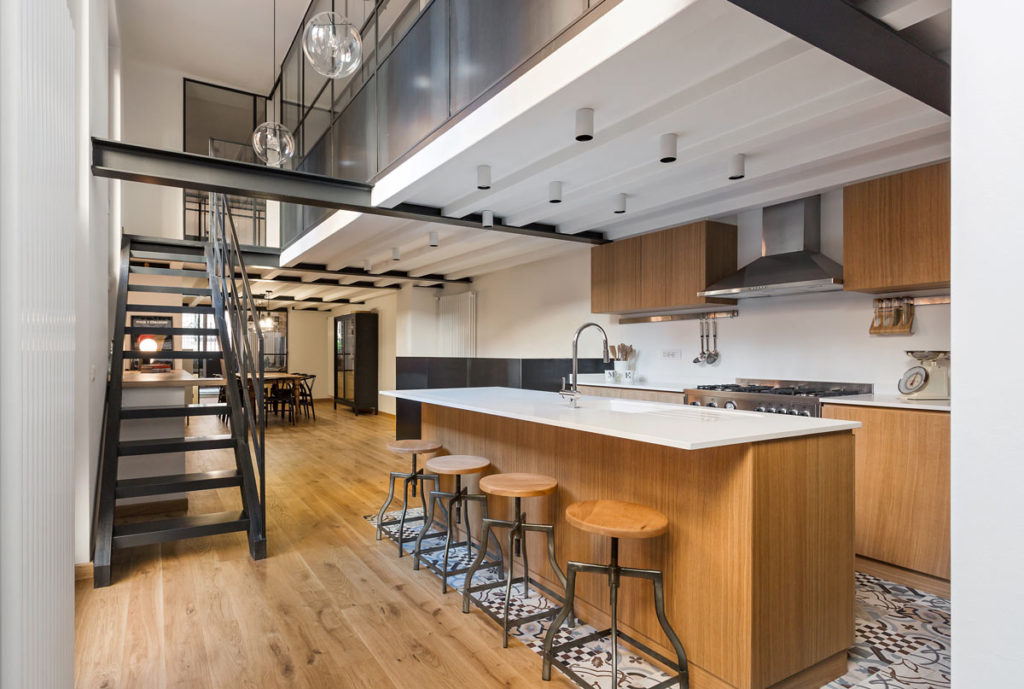Among the many iconic design pieces, we couldn’t resist showing you our favourite Italian ones. A piece is considered iconic when is plenty of visual power. In fact, you can spot it from far away: it’s got something different, and its shape it’s not new. We continuously see many of their reproductions or “inspired by” items. Possibly we even own them.
Some of them are clever solutions to simple problems, some others open our minds to visionary worlds. Whether we are aware of it or not, they are part of our lives and history. We are sure you’ll love our selection!
5 Italian iconic design pieces you should know about
-
Fornasetti – Tema e Variazioni
![]()
Tema e Variazioni (Themes and variations) is a series of decorative plates designed by Piero Fornasetti. Italian visionary artist whose work is now carried on by his son Barnaba Fornasetti.
The subject is always the same: the plates showcase hundreds of variations of Lina Cavalieri‘s face. She was an opera singer and Fornasetti’s muse, even though we don’t know whether they ever met. Her face was Fornasetti’s archetype and he declined it in endless emotional illustrations. And it still is the leitmotif of the majority of their products, from plates to cups & saucers and chairs.
You can have a look at the full collection on the illusional Fornasetti website!
-
Valentine portable typewriter by Ettore Sottsass and Perry King, 1969
This infamous portable typewriter is an object you would use anywhere apart from the office “so as not to remind anyone of the monotonous working hours”. Sottsass imagined it would “keep company” to poets and writers rather than being a soulless office supply. Everything about it stimulates interaction and a more relaxed relationship with the work. Red is the colour of passion and of the Communist flag. And the two orange lids on the typewriter spools add an unexpected touch of colour (fun fact, they are a subtle reminder of nipples).
He described it as “an anti-machine machine” and “an unpretentious toy” and its popularity increased consistently over the years.
More about Ettore Sottsass at this link.
-
Arco Floor Lamp, Achille and Pier Giacomo Castiglioni, 1962
![]()
The Arco lamp is possibly the most well-known lighting piece among the many from Achille Castiglioni. In 1962 Achille decided to solve a specific need: he noticed that there wasn’t a floor lamp that could create overhead light. Let’s say you need light above a table (and you don’t want rewiring in order to add a ceiling pendant), what do you do? He wanted to use a floor lamp. The challenge was to place it close to a wall (to reach the socket) and at the same time create overhead light on the table without loosing balance. That’s exactly what the Arco lamp does! The heavy Carrara marble base balances the weight. And the Arc is so tall that people can easily walk below it.
This iconic design piece has become the benchmark for every arc lamp that’s been produced since.
If you want to read more about Achille Castiglioni and Ettore Sottsass don’t miss our article about the 5 Italian design masters you should know about!
-
Cube radio by Marco Zanuso and Richard Sapper, 1963
![]()
I personally love this one, and I always hope to find it in a flea market. I know that one day I will!
The interesting thing about this radio is that when you fold it, it looks like a sculpture, a decorative piece. Marco Zanuso and Richard Sapper designed it for Brionvega in 1963, when they decided they wanted to pack music into a portable box. Today it’s displayed in many design museums across the world, including the V&A Museum here in London.
-
Tolomeo lamp, Michele De Lucchi and Giancarlo Fassino for Artemide, 1987
![]()
Hands on if you have it in your house or you’ve seen it in a friend’s or relative’s home. Tolomeo Table Lamp is the pioneer of all the anglepoise lamps.
The main challenge that Michele De Lucchi faced was to make sure that the lamp stayed put while the user moved its arm with just one hand. The inspiration came from a fisherman’s movement. Steel tension cables attached to springs hidden inside the arms contribute to the constant-tension structure.
It’s no wonder that, after two years by its creation, the Tolomeo won the Compasso d’Oro Award for Italian industrial design. It was the perfect marriage of design and engineering.












